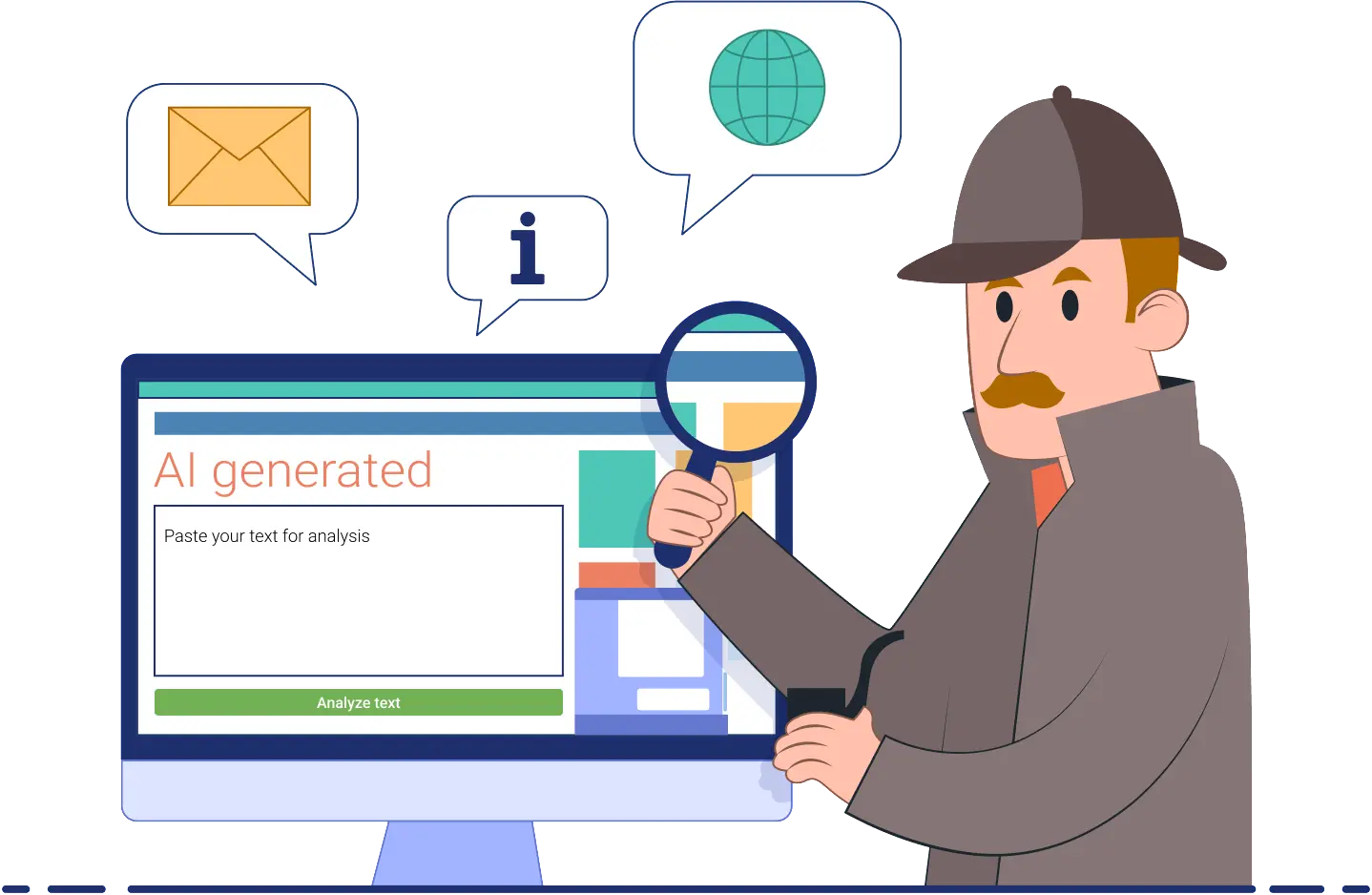In early 2023, a stunning AI-generated photo of the Pope sporting a stylish puffer jacket tricked millions, including celebrities, before it was debunked. This incident was just the tip of the iceberg, showcasing the rise of free text and image generation tools flooding the internet with artificial content. From AI-written Buzzfeed quizzes that promise to craft a romantic comedy in seconds to entire news websites created by AI, the digital landscape is evolving rapidly.
The Prevalence of AI Content
The scope of AI-generated material is broad. Deepfake ads have been utilized by presidential candidates, and a manipulated image of an explosion at the Pentagon briefly sent the stock market into a tailspin before the Department of Defense confirmed its falsehood. By 2026, Europe’s law enforcement anticipates that as much as 90% of internet content may be synthetically generated, often without any disclaimers to alert users.
Why Detection is Difficult
Identifying AI-generated content is challenging for several reasons. AI language models are trained on vast datasets of human-created works, enabling them to mimic human writing and image creation with increasing sophistication. Research has shown that people often trust AI-generated faces more than real ones and believe fake news articles to be credible two-thirds of the time.
Building a reliable detection system that keeps pace with advancements in AI technology is a significant challenge. While some innovative detection methods exist—such as analyzing the “robotic” quality of text or identifying geometric irregularities in manipulated images—these strategies can quickly become obsolete as new generative AI tools are released. Moreover, AI detection tools can be easily bypassed; for example, resizing an AI-generated image can diminish the effectiveness of detection algorithms designed to identify synthetic content.
The Importance of Effective Detection Tools
The need for effective AI content detection tools is critical. Generative AI technologies lower the cost of creating disinformation, enabling bad actors to construct convincing false narratives swiftly. After the Pentagon incident, experts expressed concerns that such technologies could be weaponized to spread elaborate conspiracy theories. Additionally, the absence of reliable detection tools can lead to false accusations, as evidenced by a Texas professor who threatened to fail his class after a detection tool wrongly flagged their assignments as AI-generated.
In everyday life, having tools to consistently identify artificial content is becoming indispensable. Whether it’s scrutinizing suspicious social media posts or verifying identity through profile pictures, reliable detection methods are crucial.
Tools for Detecting AI-Generated Content
While no detection tool is foolproof, several options are available:
1. Hugging Face
Hugging Face offers a free AI content detector that can analyze images for their likelihood of being generated by a machine. Although it performs reasonably well on known datasets, its accuracy may wane as AI generation techniques improve.
2. OpenAI’s AI Text Classifier
This tool, developed by the creators of ChatGPT, detects AI-written text based on a vast corpus of labeled human and machine-generated texts. Users must submit at least 1,000 characters to receive an assessment of the text’s origin.
3. GPTZero
Originally designed for educators, GPTZero evaluates submissions for familiarity with its training data and the uniformity of sentence structures, which tends to be more robotic in AI-generated text compared to human writing.
The Future of AI Content Detection
Currently, detection tools can identify AI-generated content with reasonable accuracy, but their effectiveness will continue to fluctuate as AI technology evolves. To remain relevant, detection tools must be easily accessible and integrated into the platforms we use daily, such as social media. Until then, as hoaxes become increasingly sophisticated, the risk of falling for AI-generated misinformation remains high.
In this rapidly changing landscape, awareness and vigilance are essential in distinguishing between authentic content and AI creations. As we navigate this new era, developing reliable detection methods will be crucial in safeguarding against the potential dangers of artificial content.
